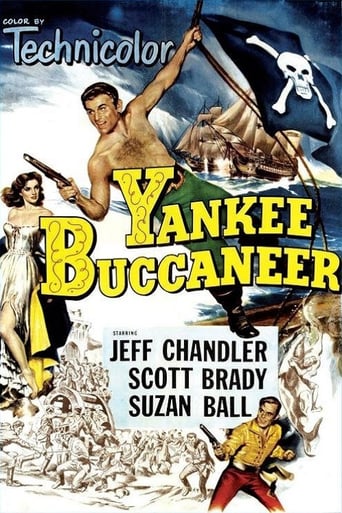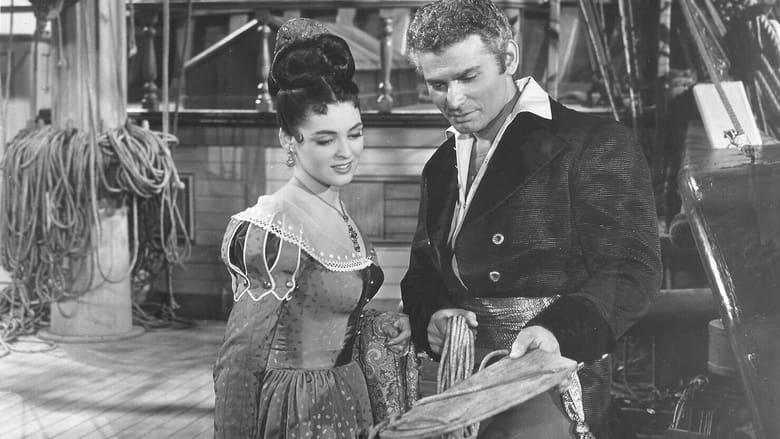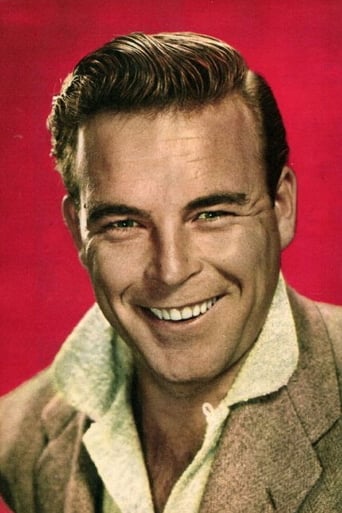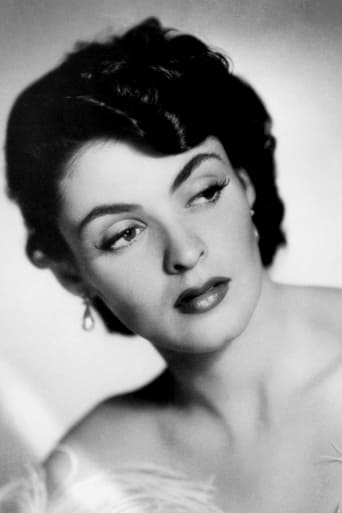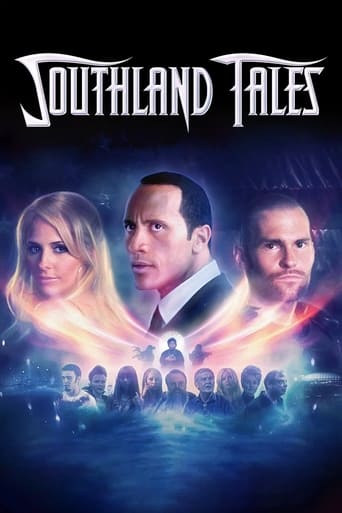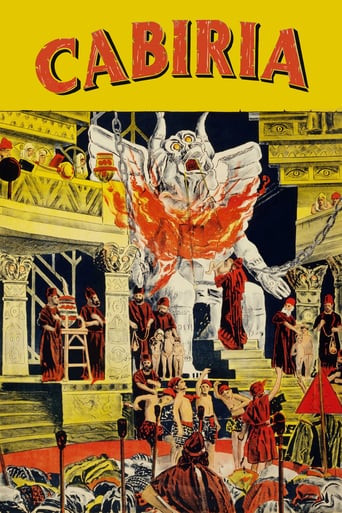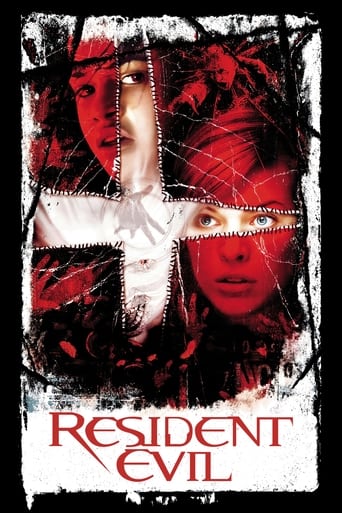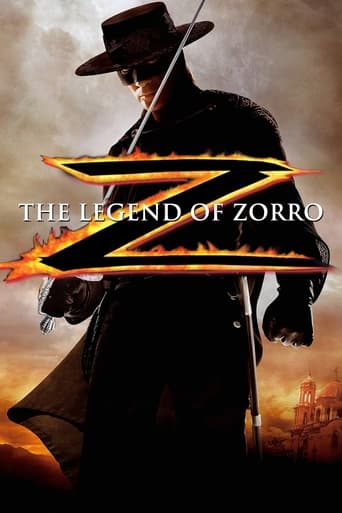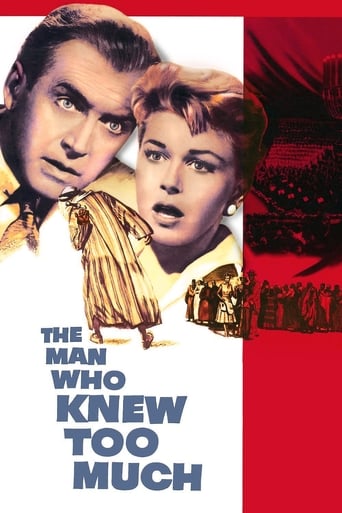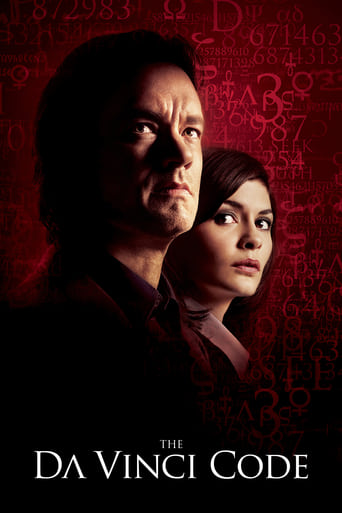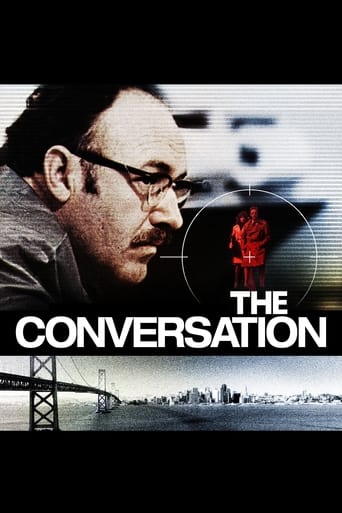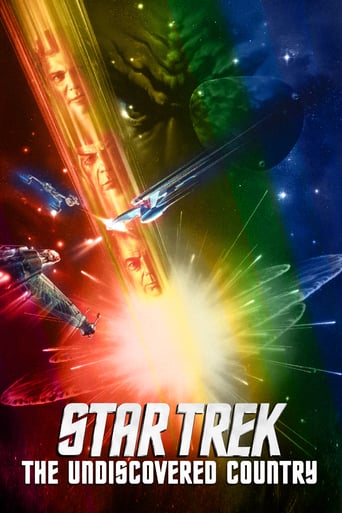Yankee Buccaneer (1952)
A United States Navy ship in the first half of the 19th century, under the command of Captain David Porter, is expecting to put ashore after a year on the seas; but the arrival of one of Porter's ex-students, the willful and independent Lieutenant David Farragut, brings a new mission: to disguise the ship and crew as a pirate ship and help the Navy locate the criminals who have been robbing America's merchant fleet. But as Farragut's disobedience threatens the safety of the crew, they stumble upon an international conspiracy.
Watch Trailer
Cast


Similar titles
Reviews
People are voting emotionally.
Good concept, poorly executed.
Fun premise, good actors, bad writing. This film seemed to have potential at the beginning but it quickly devolves into a trite action film. Ultimately it's very boring.
The tone of this movie is interesting -- the stakes are both dramatic and high, but it's balanced with a lot of fun, tongue and cheek dialogue.
"Yankee Buccaneer" is based on a historically fictional screenplay hurriedly put together when Errol Flynn hurt himself during the filming of "Against All Flags' at Universal, and it became apparent that the actor would need considerable time to recuperate. It was decided to utilize the standing sets and personnel and turn out this B picture programmer depicting two of the most famous figures in American Naval history, David Porter and David Farragut.As portrayed by Jeff Chandler, Porter is a martinet and stickler for regulations who is particularly hard on his first officer, David Farragut. As portrayed by Scott Brady, Farragut is brash and prone to be insubordinate, In real life, although both men served in the 1821 - 1825 War against the Caribbean pirates, they did not serve on the same ship, and the screenplay about Porter's going undercover as a privateer never happened.Too bad the Tinseltown writers didn't follow real history, which would have made a much more interesting story. Farragut (born 1801) was actually the adopted son of Porter (born 1780), and that's a story in itself. Porter's father David Porter Sr., a Revolutionary War veteran, met and befriended another naval veteran, Spanish-born Jordi Farragut, a former Spanish merchant captain. Suffering from tuberculosis and sunstroke, Porter Sr. died as a guest in the Farragut home. In a tragic coincidence, Farragut's Scots-Irish wife Elizabeth passed away from yellow fever the very same day.Porter, Jr., visited the Farragut family to express his thanks for their care of his father and sympathy for the death of its matriarch. Despite having ten surviving children of his own, including six sons, Porter, Jr., offered to adopt Jordi's seven year old son, James Glasgow Farragut. Out of gratitude, the young Farragut changed his name to David Farragut. David Porter was already a veteran of the Undeclared War against France, the Barbary Pirate War, and was first to capture a British ship in the War of 1812. Young Farragut enlisted in the Navy in 1810 at the tender age of nine and was very active during the War of 1812 including being wounded and captured by the British in 1814 off the coast of Chile. The real Porter had the reputation of being a hard drinker and often caroused with friends including renowned writer Washington Irving. In the film however, the drinking is left to his chief petty officer, played by George Matthews, as Porter conveniently looks the other way.After the War of 1812 was over, pirate activity literally exploded in the Caribbean. Between 1815-1823, there were over 3000 documented acts of piracy in the region. Spanish gold was no longer the prime target, and commercial goods like sugar, rum, dyes, and coffee were plundered by the corsairs, whose chief centers of operation were Puerto Rico, Hispaniola, and especially Cuba. The pirates, some of whom were Americans, were a bloodthirsty lot who were not above butchering the passengers as well as the crews of the victim ships. This interruption of the free market affected the American economy to such a point that President Monroe authorized the creation of a West Indian squadron of ships in 1821 to eradicate the problem.Farragut served as a lieutenant during the conflict beginning in 1821, and Porter gave up an influential post to be the Commander of Operations in the Caribbean in 1822. Eradicating the pirates was very difficult because many operated out of coastal swamps and rivers, which were too shallow for Porter's bigger ships to navigate. His fleet included sixteen large vessels, several of which were financed and outfitted personally by him, and five "Mosquito" ships, which he used to pursue the buccaneers into inland waterways. Farragut commanded one of these smaller "Mosquito Fleet" boats and did not serve on the same boat as Porter as the film depicts.Things did not turn out happily for Porter. American policy dictated that captured pirates not be brought to the U.S. for trial but be turned over to the local government. This frustrated Porter because it was routine for the pirates to bribe their way out of the charges and return to plundering. Even the hero of the Battle of New Orleans, Jean Lafitte, returned to the Jolly Roger and was released after his capture after paying off a local official. (Ironically he was killed on the high seas shortly after by one of his fellow buccaneers.)When one of his officers was imprisoned by the local government in the Spanish town of Fajardo, Puerto Rico, an enraged Porter invaded the town. As Spain was an American ally at the time, this was an unsanctioned action, and Porter was court-martialed and suspended. In the film, Porter forces a duplicitous Spanish envoy to walk the plank in order to get evidence of his collusion with the pirates, and the film ends with his anticipation of being court-martialed for these actions, not the invasion of Fajardo.A disgruntled Porter resigned to become commander-in-chief of the Mexican Navy (1826-1829) but subsequently repatriated himself upon his return to the States and was appointed Minister of the Barbary States. He died in 1843 aged 63 while serving as Ambassador to Turkey.David Farragut, his adopted son and namesake, served honorably during the Mexican War and was the North's greatest naval hero of the Civil War. He died in 1870.
The real David Dixon Porter and the real David Glasgow Farragut are portrayed in Yankee Buccaneer by Jeff Chandler and Scott Brady. The film is concerned with a wholly fictitious incident involving about a US Naval vessel going undercover as a pirate ship to find out where these seemingly organized pirates are headquartered. In real life Porter and Farragut were more than teacher and pupil, in fact they were step-brothers.Yankee Buccaneer also has them involved in a way that the film does not make clear with the Portugese dynastic situation in the 19th century in the person of Suzan Ball. The Braganza family was exiled to Brazil during the Napoleonic Wars which is a whole film in itself, but not terribly germane to the plot here. Anyway Joseph Calleia is a Spanish governor of one of the few islands in the Caribbean left to Spain. But that's his day job, by night he's the ringleader of the pirate activity and he's a slick article.This naval film plays like one of those old B westerns where real historic people are involved in fictitious situations. Yankee Buccaneer doesn't play fast and loose with history, it just rewrites it to suit the fans of Chandler and Brady. George Matthews has a nice part in this film as the CPO of the ship.A few others might like it as well as the fans of the leads.
It's a lot of fun to watch a movie that just entertains, with plenty of swashbuckling, a stunningly beautiful heroine, manly male leads, and a fairly ghastly, but amusing story. One can't help being struck by the simple beauty of the leads--Brady & Chandler had 'A' movie looks, and there is really nothing to fault on their performances. The doomed and stunning Suzan Ball parades the deck in a series of stunning dresses, and shows the looks and talents behind the little legend.It is fun to think of David Porter and David Glasgow Farragut fighting the last gasp of piracy in the Caribbean. Joseph Calleia makes a magnificent and cheerfully evil Spanish governor, the kind of villain who puts you on the rack and offers you sherry. George Mathews makes a wise-cracking and dipsomaniacal CPO who would have been broken below Seaman 2nd in any serious navy, but still has fun and lets us have it, too.The story is utterly nonsensical, historically ridiculous, and the props and costumes have nothing do to with the supposed time period, with the exception of the U.S. navy uniforms shown early and never afterwards. It is only two to three times more plausible and accurate than the recent Disney abominations.
The best, if not exactly satisfying, of the three seemingly randomly-chosen swashbucklers by Universal to accompany the above-average Errol Flynn vehicle AGAINST ALL FLAGS (1952) is this unusual entry in the genre.As the title has it, lead Jeff Chandler is a U.S. naval officer who's ordered to carry out acts of piracy in order to ferret out the real culprits behind the sinking of American ships. These prove to be an amalgamation of Brazilian, Portuguese and Spanish villains (led by our own Joseph Calleia hiding under the respectable guise of the Spanish governor whose appearance is delayed until the last half-hour, but he's as reliable as ever and like the Robert Douglas of BUCCANEER'S GIRL [1950], from the same director, is allowed to go free after being made to walk the plank).Chandler himself who would later star in the similarly-titled genre outing YANKEE PASHA (1954) is a bit of a martinet, with rebellious first-mate and ex-student Scott Brady usually at the receiving end of his ire; when he tries to make up for his errors behind the captain's back, by fixing the ship's rudder at night, Brady's attacked by and kills a shark! This animosity eventually intensifies when the latter comes back from a scouting expedition to the Indies with a Portuguese countess (luscious Suzan Ball, whose debut this was: she had a brief and tragic career, dying in 1955 at the tender age of 21!).Though the film is far from a classic, slightly marred by the resistible comic antics of George Mathews and featuring little traditional action before the last reel, it's a reasonably enjoyable romp nonetheless with a rousing score by an uncredited(!) Milton Rosen and shot in glorious Technicolor by the distinguished Russell Metty.

